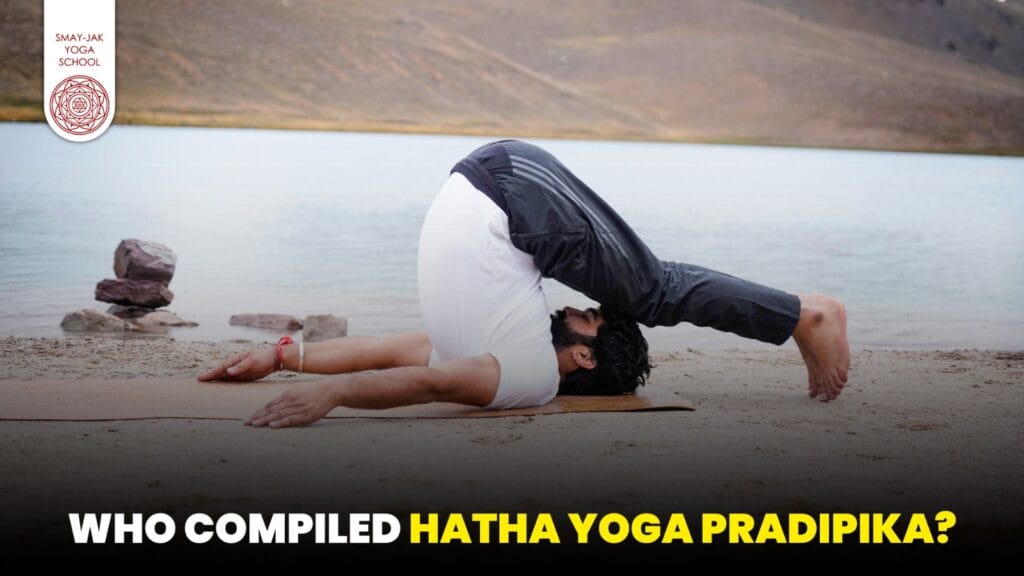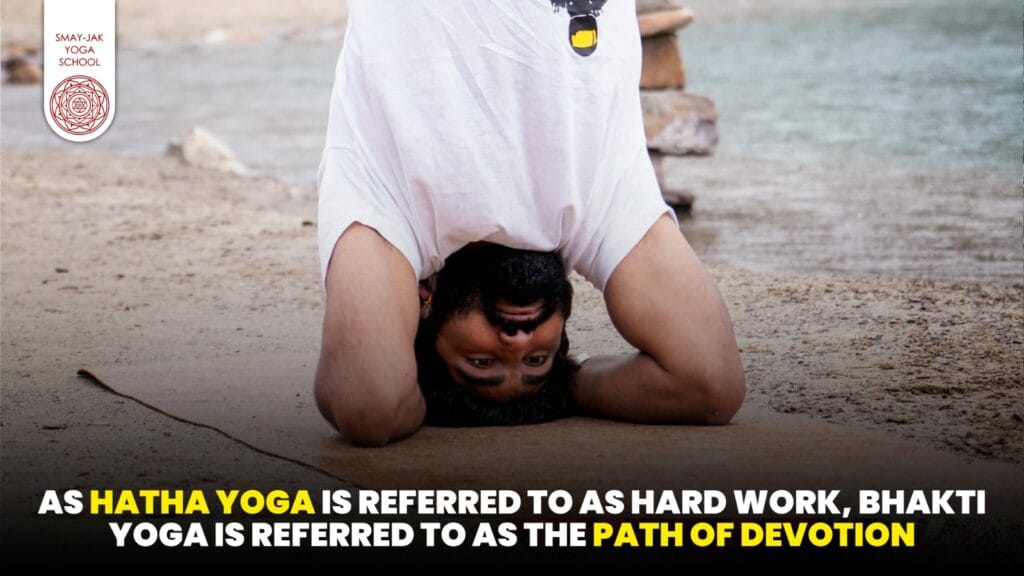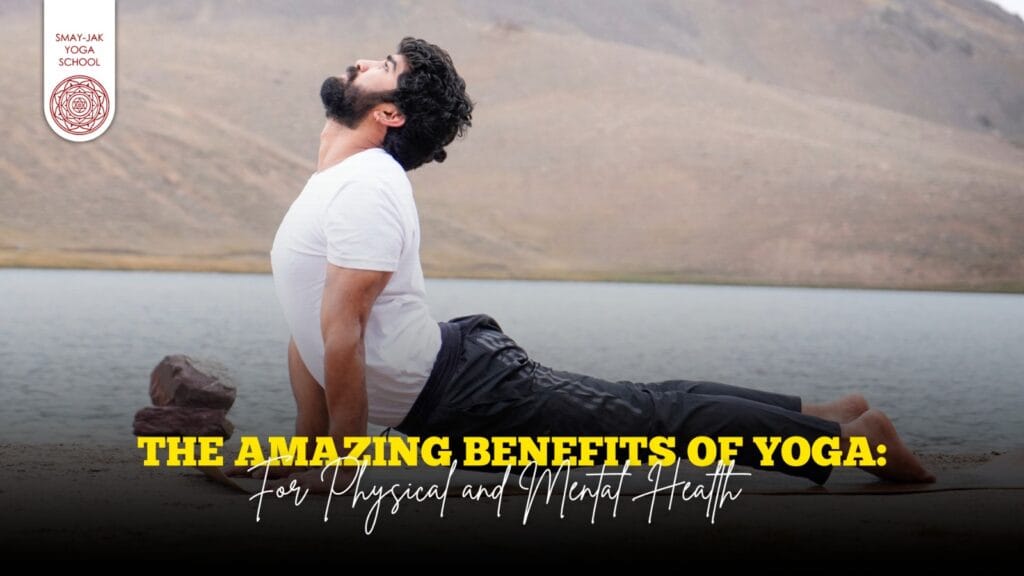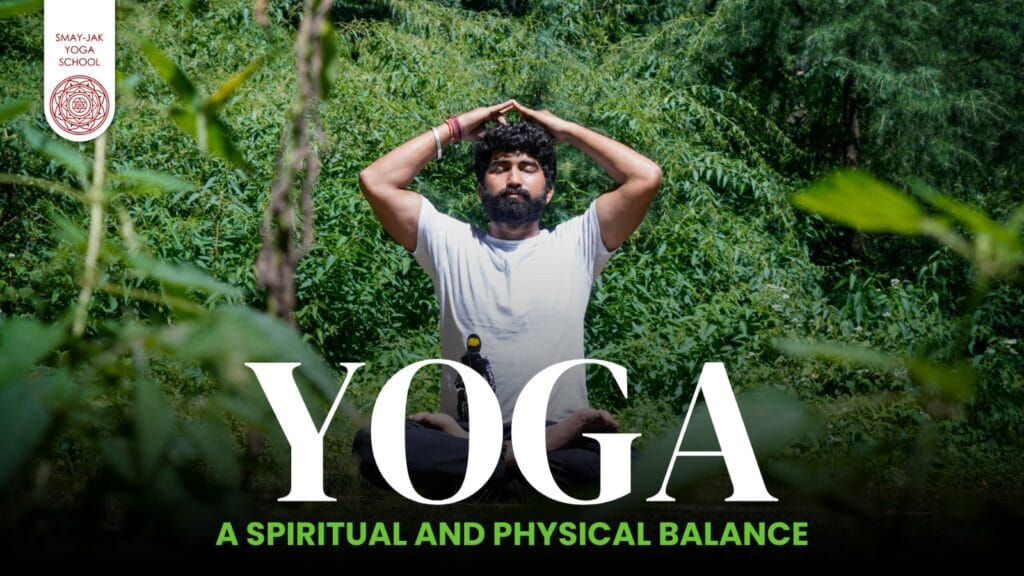The 10 Best Yoga Poses for Building Core Strength
Building core strength is essential for overall fitness and well-being. A strong core improves posture, enhances stability, and supports the spine, reducing the risk of injury. Yoga, with its emphasis on balance, control, and mindful movement, is an excellent way to develop core strength. Here are the ten best yoga poses to help you build a strong and stable core. 1. Plank Pose (Phalakasana) How to Do It: Start in a tabletop position with your hands directly under your shoulders and knees under your hips. Step your feet back, straightening your legs and creating a straight line from your head to your heels. Engage your core, pressing through your hands and heels. Hold for 30 seconds to 1 minute, focusing on maintaining a straight line and keeping your core engaged. 2. Boat Pose (Navasana) How to Do It: Sit on the mat with your knees bent and feet flat on the floor. Lean back slightly, lifting your feet off the floor until your shins are parallel to the mat. Extend your arms forward, parallel to the ground. For a more advanced variation, straighten your legs. Hold for 30 seconds to 1 minute, keeping your core engaged and your back straight. 3. Side Plank Pose (Vasisthasana) How to Do It: Start in a plank position. Shift your weight to your right hand and the outer edge of your right foot. Stack your left foot on top of your right and lift your left hand toward the ceiling. Engage your core to keep your body in a straight line. Hold for 30 seconds to 1 minute on each side, focusing on stability and balance. 4. Dolphin Pose (Ardha Pincha Mayurasana) How to Do It: Begin in a forearm plank position with your elbows under your shoulders. Lift your hips toward the ceiling, forming an inverted V shape. Press your forearms into the mat and engage your core to stabilize the pose. Hold for 30 seconds to 1 minute, breathing deeply and maintaining the inverted V shape. 5. Warrior III Pose (Virabhadrasana III) How to Do It: Start in a standing position with your feet hip-width apart. Shift your weight to your right foot and lift your left leg behind you. Hinge at your hips, extending your torso forward and bringing your arms alongside your ears. Engage your core to keep your body in a straight line. Hold for 30 seconds to 1 minute on each side, focusing on balance and core engagement. 6. Extended Side Angle Pose (Utthita Parsvakonasana) How to Do It: Begin in Warrior II pose with your right foot forward. Lower your right hand to the floor or a block beside your right foot. Extend your left arm overhead, creating a straight line from your left foot to your left fingertips. Engage your core to support the twist and extension. Hold for 30 seconds to 1 minute on each side, maintaining strong core engagement. 7. Crow Pose (Bakasana) How to Do It: Begin in a squat position with your feet close together. Place your hands on the mat in front of you, shoulder-width apart. Lift your hips and place your knees on the backs of your upper arms. Shift your weight forward and lift your feet off the ground, balancing on your hands. Engage your core to stabilize the pose. Hold for 15 to 30 seconds, focusing on balance and strength. 8. Revolved Triangle Pose (Parivrtta Trikonasana) How to Do It: Start in a standing position with your feet about 3-4 feet apart. Turn your right foot out 90 degrees and your left foot slightly in. Extend your arms to the sides at shoulder height. Hinge at your hips and reach your left hand down to your right foot or a block. Extend your right arm toward the ceiling, twisting your torso. Engage your core to support the twist and maintain balance. Hold for 30 seconds to 1 minute on each side, focusing on core stability. 9. Half Moon Pose (Ardha Chandrasana) How to Do It: Begin in Warrior II pose with your right foot forward. Shift your weight onto your right foot and lift your left leg parallel to the ground. Place your right hand on the floor or a block in front of your right foot. Extend your left arm toward the ceiling, opening your chest. Engage your core to maintain balance and alignment. Hold for 30 seconds to 1 minute on each side, focusing on stability and strength. 10. Forearm Plank Pose (Phalakasana on Forearms) How to Do It: Begin in a forearm plank position with your elbows directly under your shoulders. Engage your core and keep your body in a straight line from head to heels. Press through your forearms and heels, maintaining strong core engagement. Hold for 30 seconds to 1 minute, focusing on maintaining proper alignment and core strength. Conclusion Incorporating these yoga poses into your routine can significantly enhance your core strength, leading to better posture, stability, and overall fitness. Remember to practice with mindfulness, listening to your body, and gradually building up your strength and endurance. Whether you’re a seasoned yogi or a beginner, these poses offer a path to a stronger, more resilient core.
The 10 Best Yoga Poses for Building Core Strength Read More »









